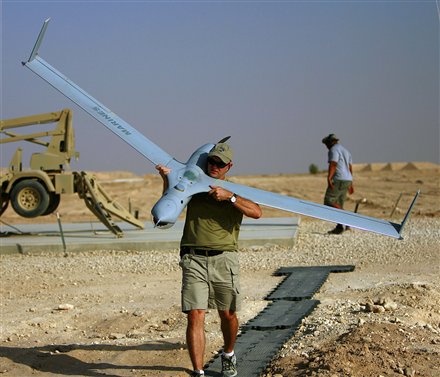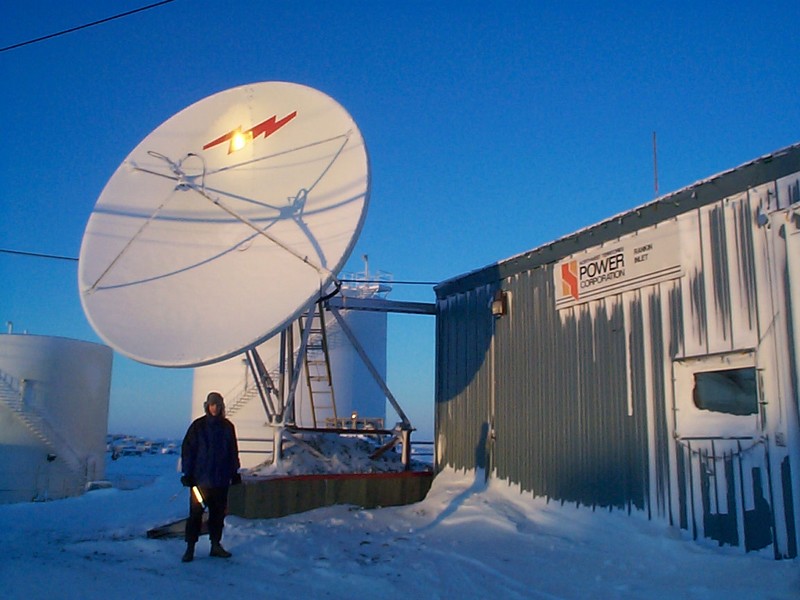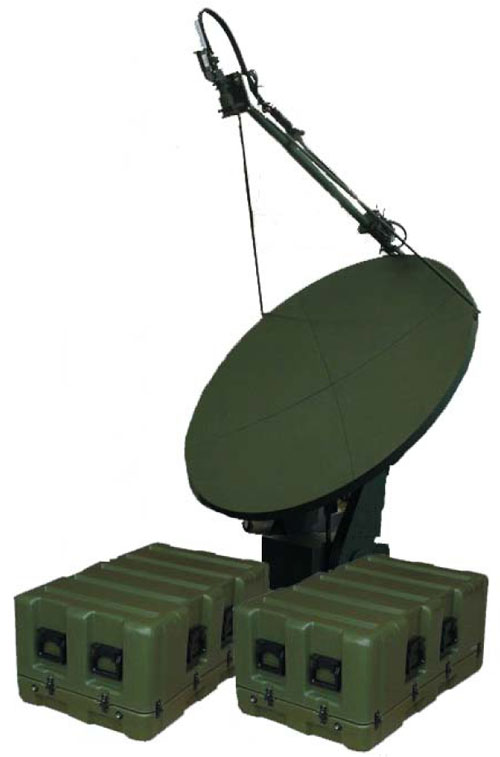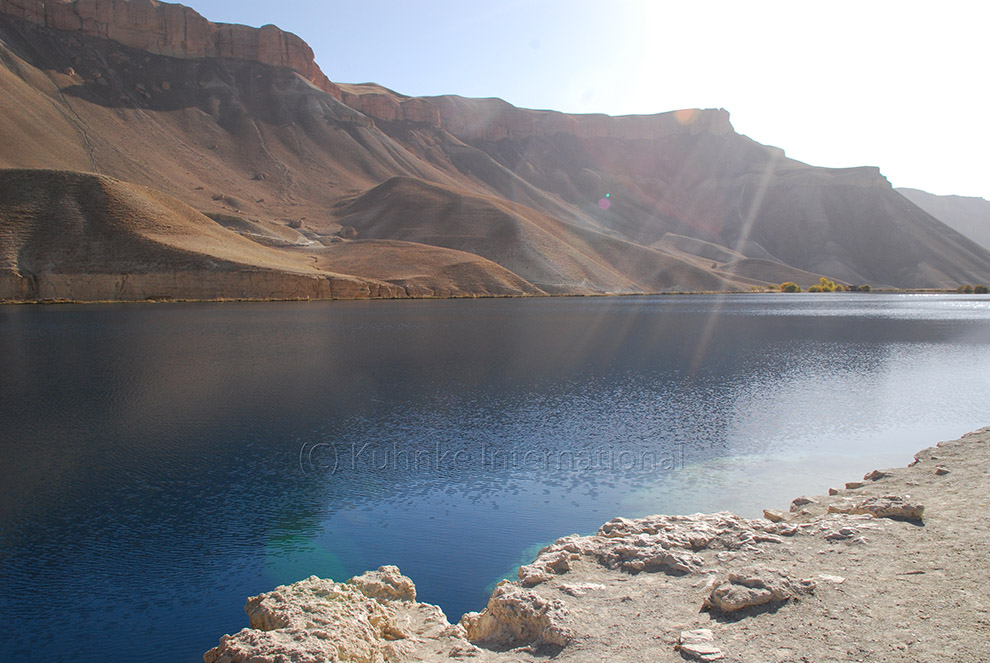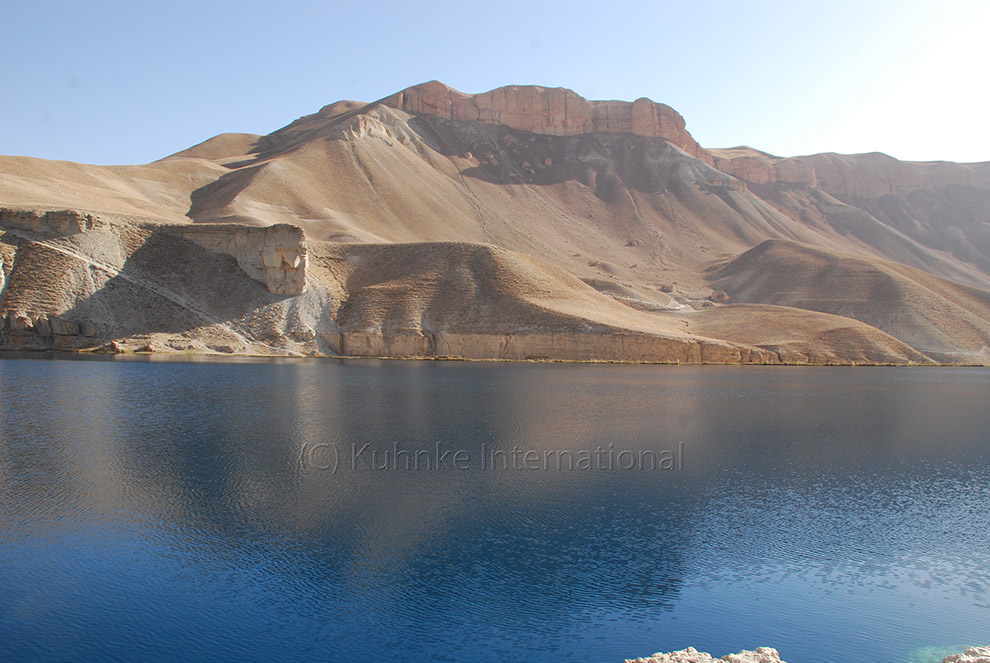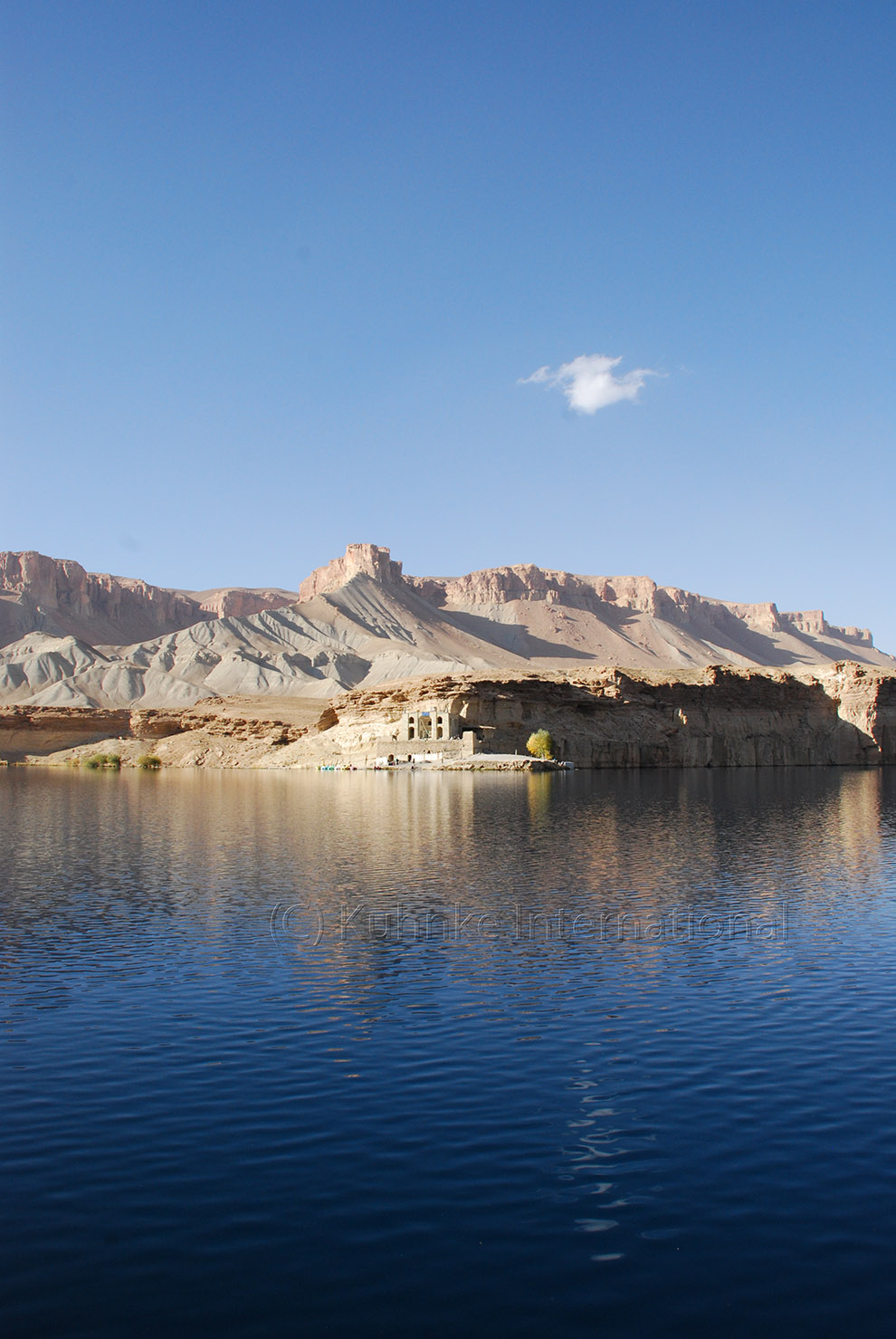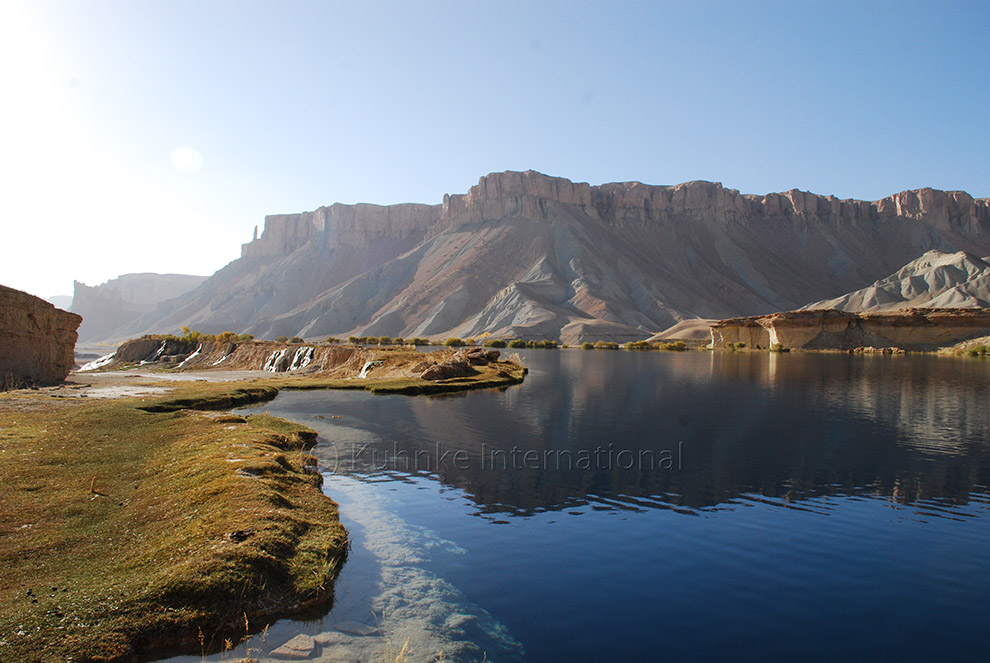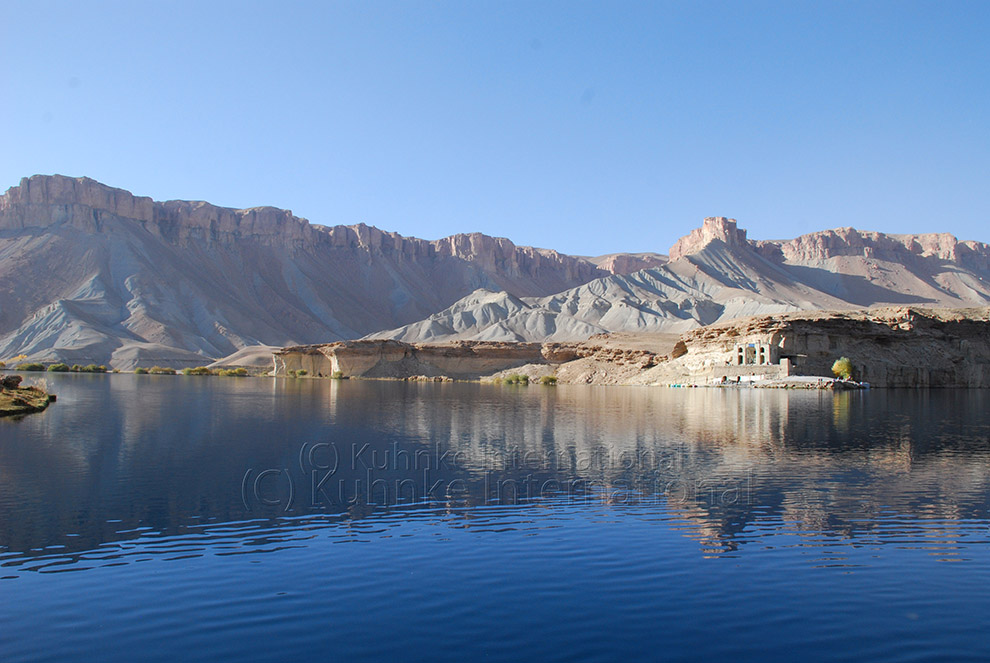In early August we released the first version of our interactive Afghanistan map. It's a XML-formatted .KML file which contains information on a large number of things in Kabul and the wider Afghanistan-Pakistan region.
You can use the interactive map at:
The Kuhnke International interactive map pageYou can download the .KML file for use with Google Earth 5.0+ at:
http://kuhnke-international.com/AF.kmlIf you do not already have the latest version of Google Earth, go
download it.The KML file should be compatible with third-party GIS applications which understand basic Google Earth format files. There are no special overlays or complex data, just X/Y coordinates and placemark descriptions.
This map started in 2006 as a Kabul-only placemark file listing landmarks for driving directions and shopping. It began with mundane things like the "Car tire store" or "Karimi Super Market" but has grown into a more comprehensive list of placemarks. It's important to mention that there are many sites intentionally missing from the public version of this map that will remain accessible only to Kuhnke International employees and certain customers. Certain USAID/CIDA/DFID contractors and NGOs would prefer for security reasons not to have the locations of their houses and offices marked on the map. International companies and organizations which are marked on the map are generally those which are so large and notable that everyone in Kabul knows where they are.
The Google satellite photos of Kabul are from approximately early 2005. The gross outline of the city has not changed, nor have most roads, but a lot is different so please keep that in mind. For example: If you take a look at the Google imagery, the large highway on the south side of the airport going westbound to Khair Khona is not paved (it was paved July 2006), and a lot of roadblocks do not exist in the 2005 images. Coverage of other regions of the country ranges from excellent post-2006 1 meter full colour images to poor 1980s-vintage LANDSAT photos. The Kandahar region has recently been updated including 1.5 meter resolution coverage of the area around the Kandahar air field and Spin Boldak border crossing.
This map is currently missing some things that are better acquired elsewhere, such as Rosemary Stasek's reviews of restaurants in Kabul, which includes street addresses and driving directions:
http://stasek.com/rrr/ This month our focus for additions will be on sites outside Kabul, specifically in the central Hazarajat region of the country and the northern provinces. If you have any suggestions for the map please email
eric@kuhnke-international.com with the latitude/longitude coordinates and a description of your new placemarks.

